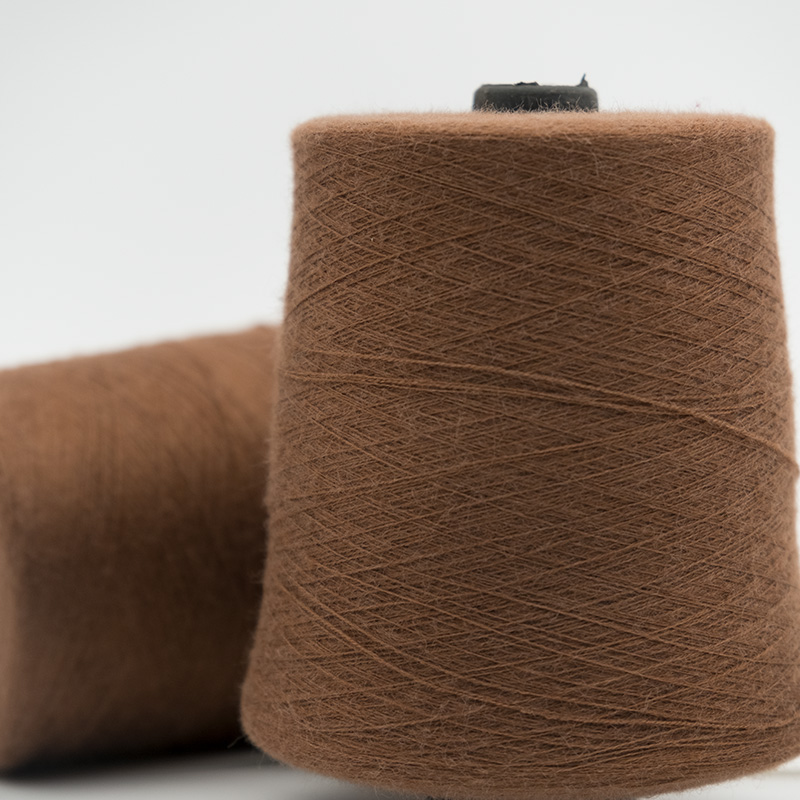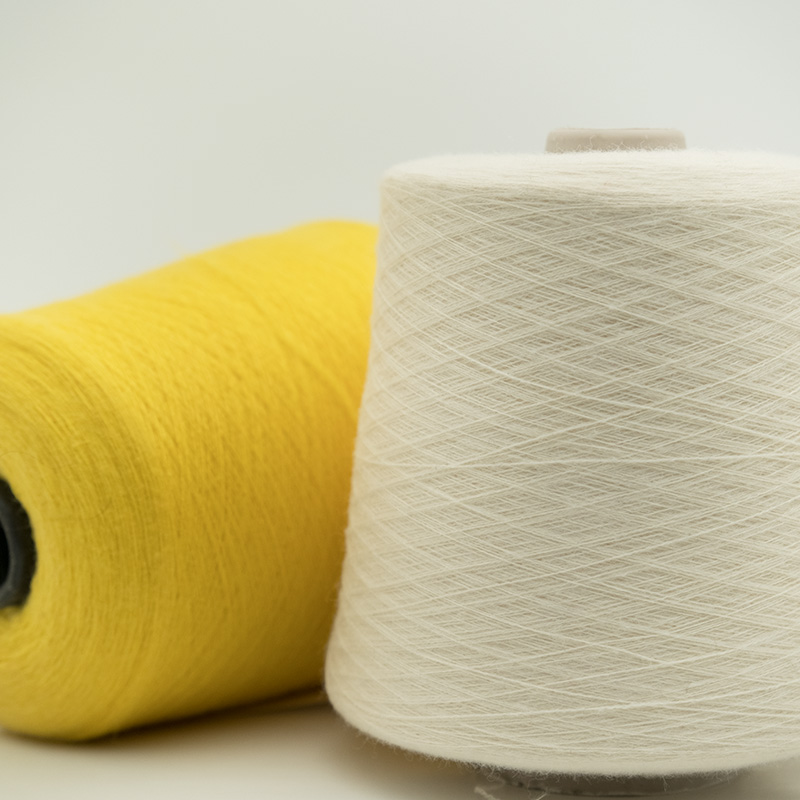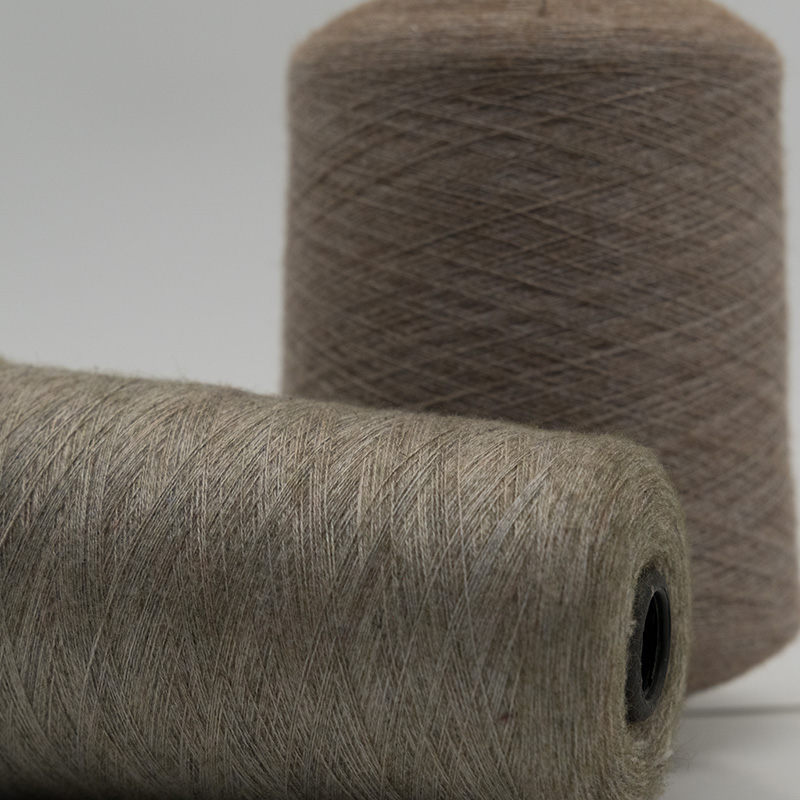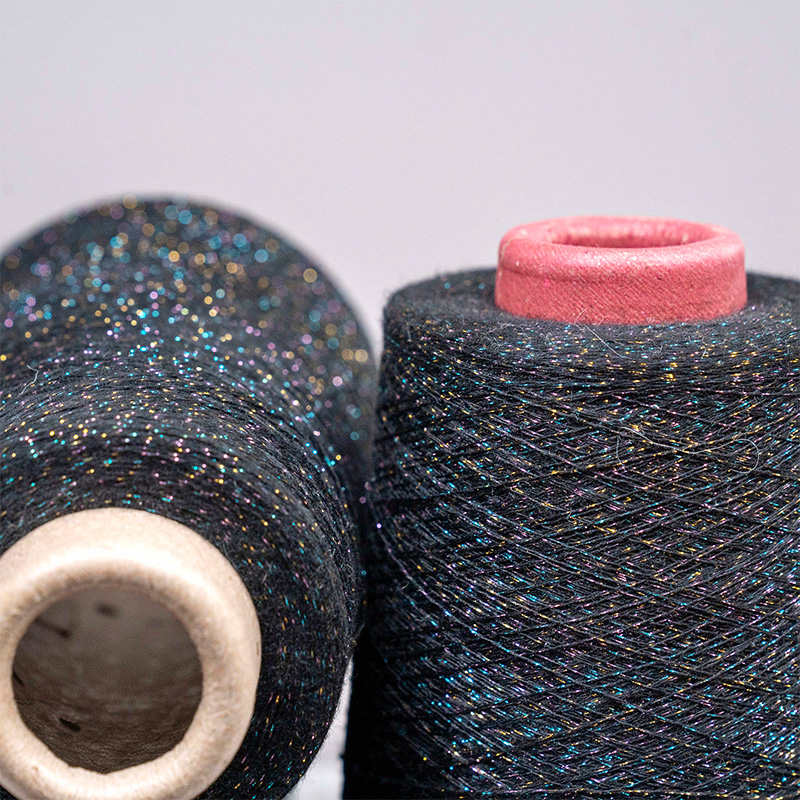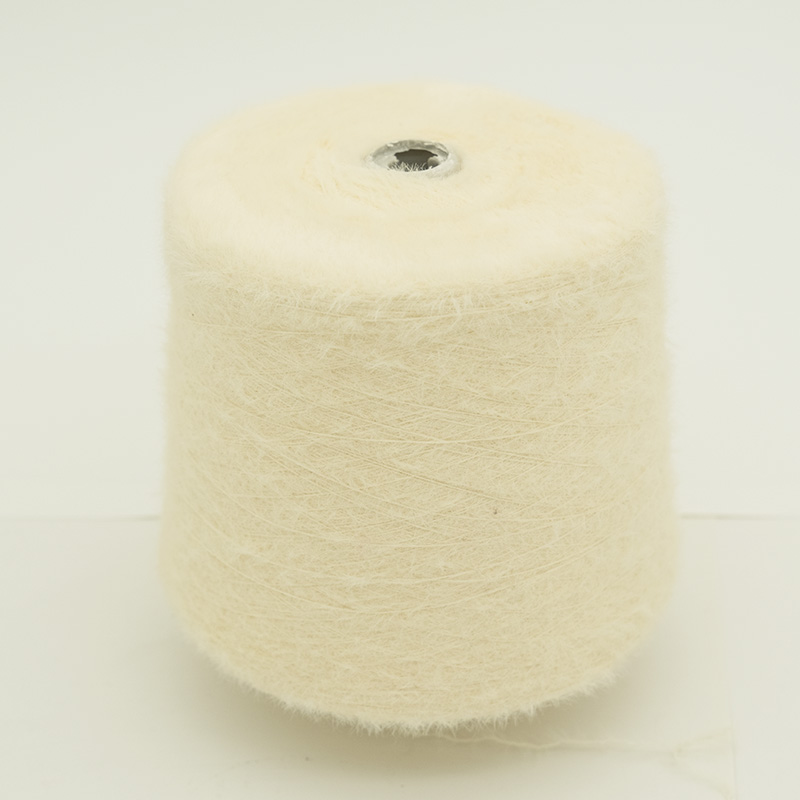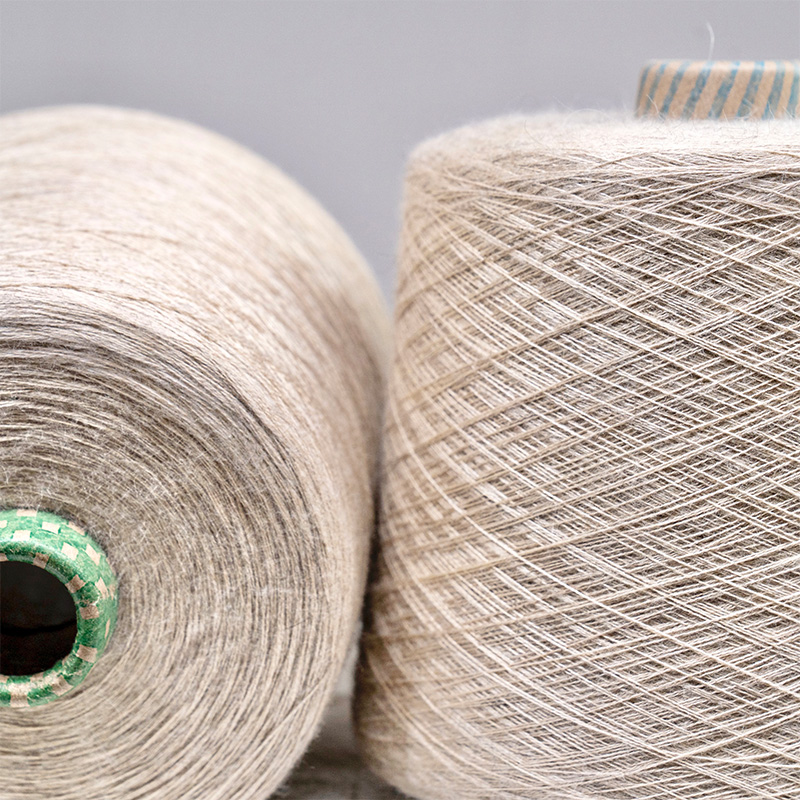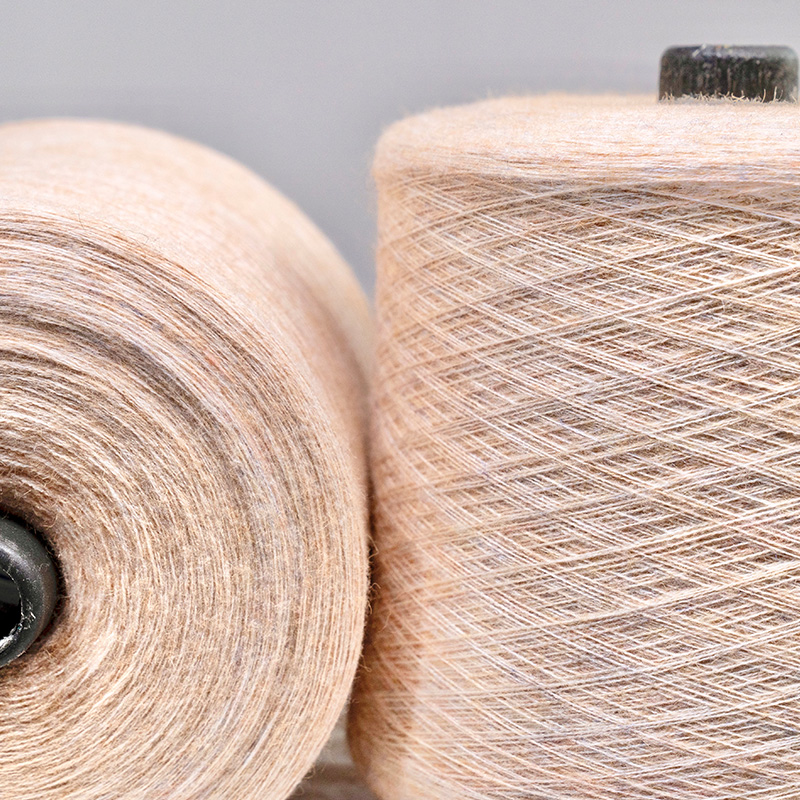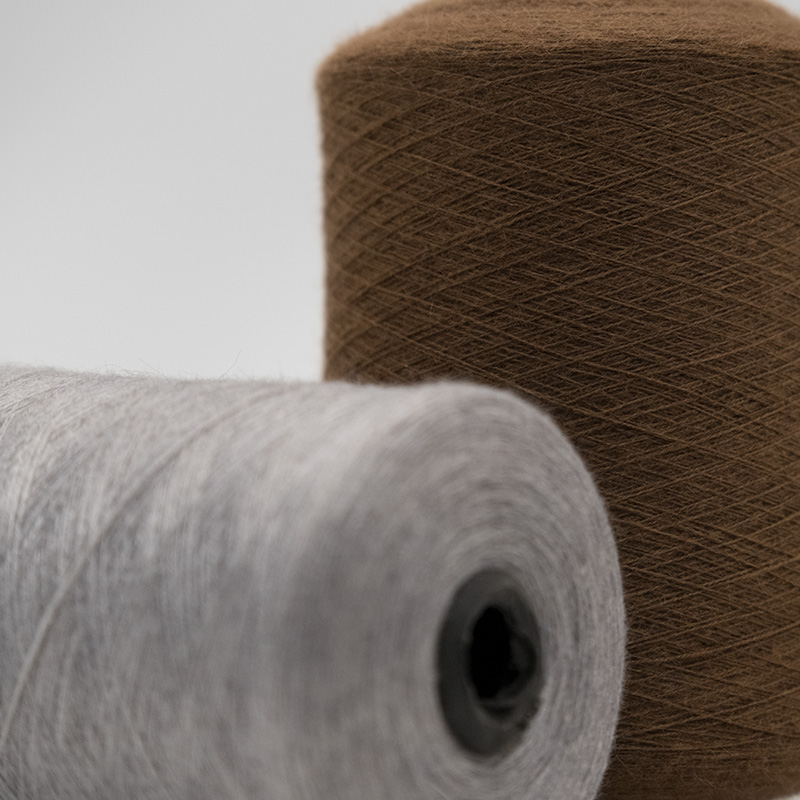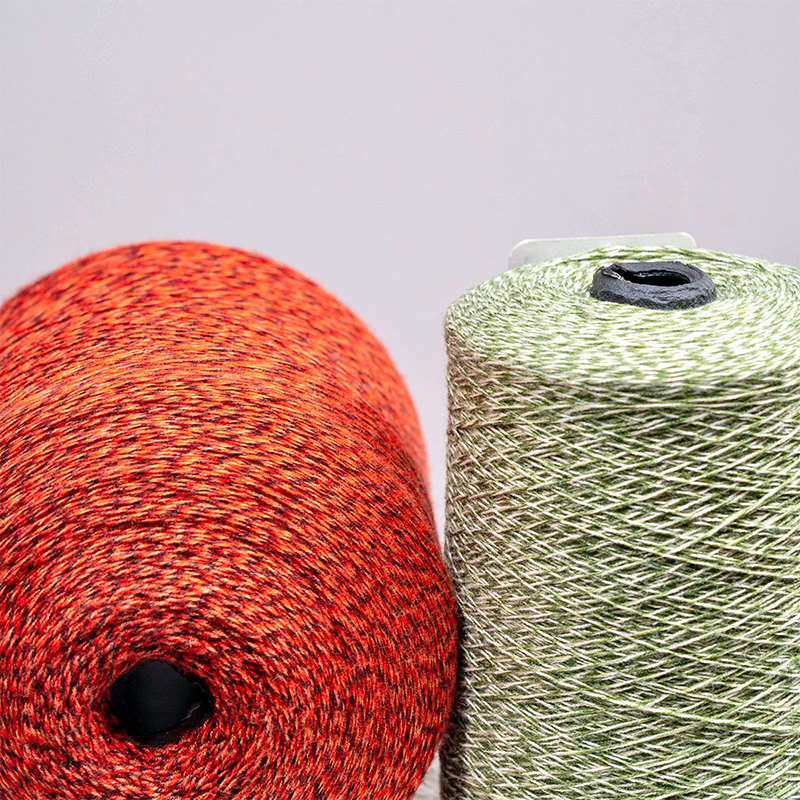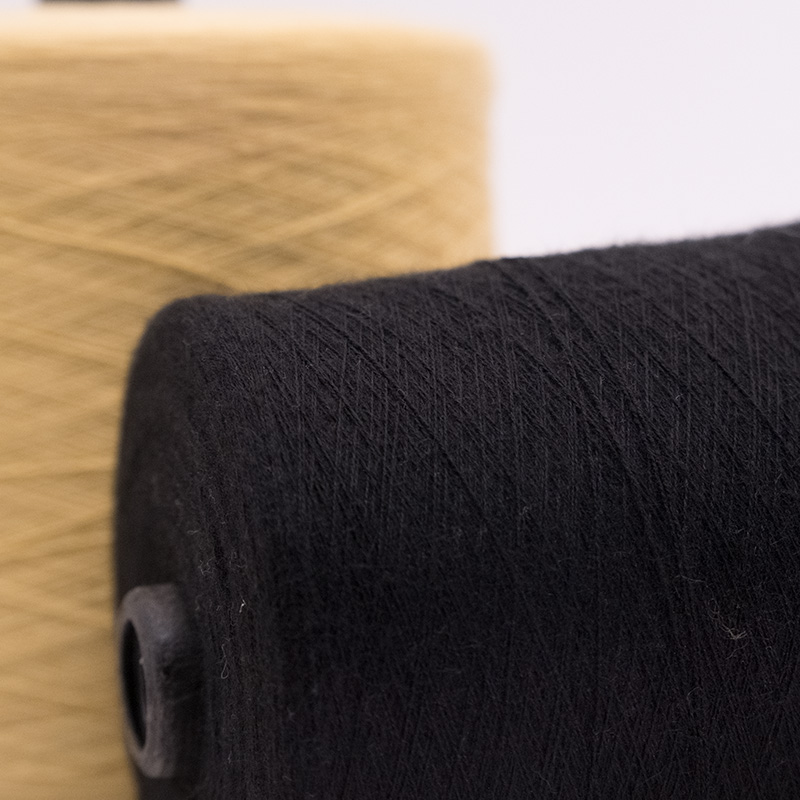Polyester Fancy Yarn vs Natural Fiber Yarns: Choosing the Right Yarn for Fashion and Function
2025-04-28
In the world of modern textiles, selecting the right yarn isn't just a matter of tradition—it’s about performance, consistency, and evolving consumer expectations. One of the most common decisions designers and manufacturers face is whether to use synthetic yarns like polyester or stick with natural fiber yarns such as cotton or wool. While natural fibers have their place in certain niches, 9S/14S Polyester fiber fancy yarn has increasingly emerged as a competitive, often superior, option in many fashion and home textile applications.
A key advantage of polyester yarn lies in its strength and dimensional stability. Unlike natural fibers that can shrink, stretch, or degrade under certain conditions, polyester maintains its shape over time. This is especially important in garments where form and fit are critical. Whether it's a bulky 9S yarn for outerwear or a finer 14S variant for decorative accents, polyester offers predictability across large-scale production—a feature many natural yarns can't consistently deliver.

Another important factor is moisture management. Cotton, for example, absorbs water readily, which can be a drawback in activewear or cold-weather gear. Polyester, on the other hand, resists moisture absorption, helping garments stay lighter, dry faster, and feel more comfortable in a variety of conditions. This makes 9S/14S Polyester fiber fancy yarn particularly suitable for high-performance apparel and functional lifestyle wear, where durability and quick-dry properties matter.
Then there’s the aesthetic and design flexibility that fancy polyester yarns bring to the table. Natural fibers generally offer a limited range of surface effects unless blended or heavily processed. In contrast, fancy polyester yarns can be spun, textured, and dyed using a range of techniques to create unique visual styles—heathers, neps, slubs, boucle, and more—without compromising structural integrity. These creative capabilities allow brands to produce trend-forward collections with less effort and greater creative freedom.
From a sustainability perspective, the conversation is more nuanced. While natural yarns are biodegradable, the environmental cost of water usage and land-intensive farming often offsets their perceived eco-friendliness. Polyester yarns, especially those produced from recycled sources, contribute to resource efficiency and waste reduction in the long term. With closed-loop production and innovations in yarn recycling, 9S/14S Polyester fiber fancy yarn can meet today’s environmental standards while delivering consistent quality at scale.
Cost-efficiency also plays a crucial role, especially for manufacturers who need to balance quality with affordability. Polyester fiber yarns are typically less expensive to produce and offer lower defect rates during weaving and knitting. This helps reduce waste and ensure a smoother production process. While high-grade natural fibers can be premium in look and feel, polyester's versatility often enables similar effects at a fraction of the cost—without compromising consumer satisfaction.
Ultimately, the choice between polyester and natural fiber yarns depends on your specific needs. However, when you factor in thermal regulation, design adaptability, production reliability, and long-term durability, 9S/14S Polyester fiber fancy yarn presents a compelling case. As a manufacturer with deep experience in textile development, we’ve seen firsthand how this yarn family helps brands stay competitive while delivering exceptional end-user value. It's not just about synthetic vs. natural—it's about choosing the right yarn to bring your vision to life.



 English
English русский
русский Español
Español 中文简体
中文简体

